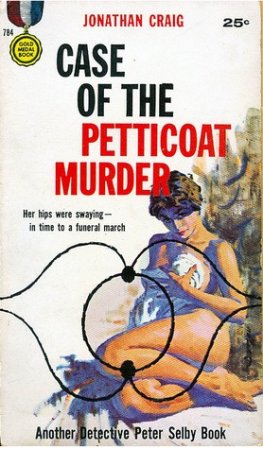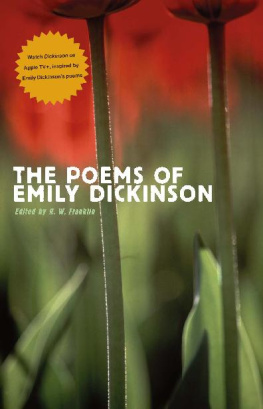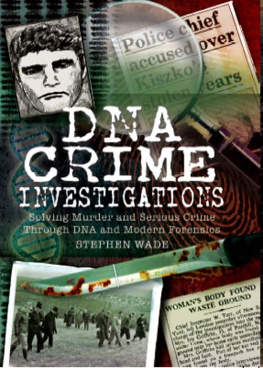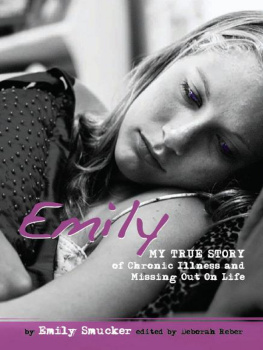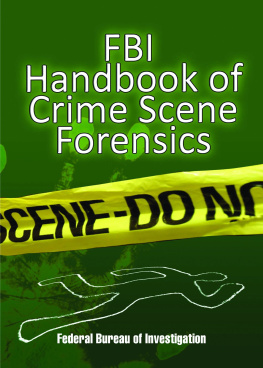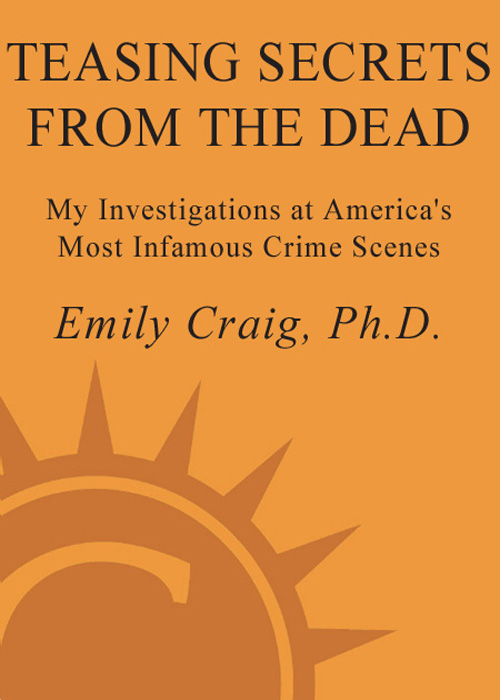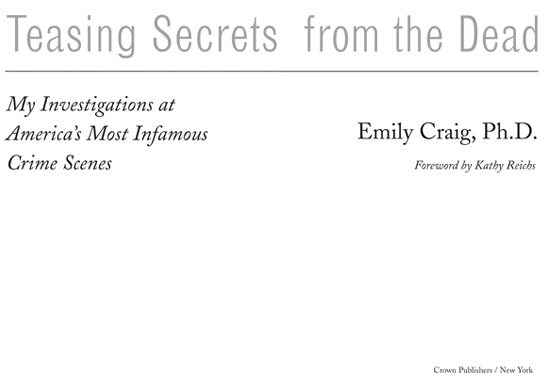Emily Craig - Teasing Secrets from the Dead: My Investigations at Americas Most Infamous Crime Scenes
Here you can read online Emily Craig - Teasing Secrets from the Dead: My Investigations at Americas Most Infamous Crime Scenes full text of the book (entire story) in english for free. Download pdf and epub, get meaning, cover and reviews about this ebook. year: 2004, publisher: Crown, genre: Detective and thriller. Description of the work, (preface) as well as reviews are available. Best literature library LitArk.com created for fans of good reading and offers a wide selection of genres:
Romance novel
Science fiction
Adventure
Detective
Science
History
Home and family
Prose
Art
Politics
Computer
Non-fiction
Religion
Business
Children
Humor
Choose a favorite category and find really read worthwhile books. Enjoy immersion in the world of imagination, feel the emotions of the characters or learn something new for yourself, make an fascinating discovery.

- Book:Teasing Secrets from the Dead: My Investigations at Americas Most Infamous Crime Scenes
- Author:
- Publisher:Crown
- Genre:
- Year:2004
- Rating:5 / 5
- Favourites:Add to favourites
- Your mark:
Teasing Secrets from the Dead: My Investigations at Americas Most Infamous Crime Scenes: summary, description and annotation
We offer to read an annotation, description, summary or preface (depends on what the author of the book "Teasing Secrets from the Dead: My Investigations at Americas Most Infamous Crime Scenes" wrote himself). If you haven't found the necessary information about the book — write in the comments, we will try to find it.
In this absorbing, surprising, and undeniably compelling book, forensics expert Emily Craig tells her own story of a life spent teasing secrets from the dead.
Emily Craig has been a witness to history, helping to seek justice for thousands of murder victims, both famous and unknown. Its a personal story that you wont soon forget. Emily first became intrigued by forensics work when, as a respected medical illustrator, she was called in by the local police to create a model of a murder victims face. Her fascination with that case led to a dramatic midlife career change: She would go back to school to become a forensic anthropologistand one of the most respected and best-known bone hunters in the nation.
As a student working with the FBI in Waco, Emily helped uncover definitive proof that many of the Branch Davidians had been shot to death before the fire, including their leader, David Koresh, whose bullet-pierced skull she reconstructed with her own hands. Upon graduation, Emily landed a prestigious full-time job as forensic anthropologist for the Commonwealth of Kentucky, a state with an alarmingly high murder rate and thousands of square miles of rural backcountry, where bodies are dumped and discovered on a regular basis. But even with her work there, Emily has been regularly called to investigations across the country, including the site of the terrorist attack on the Murrah Building in Oklahoma City, where a mysterious body parta dismembered legwas found at the scene and did not match any of the known
victims. Through careful scientific analysis, Emily was able to help identify the legs owner, a pivotal piece of evidence that helped convict Timothy McVeigh.
In September 2001, Emily received a phone call summoning her to New York City, where she directed the night-shift triage at the World Trade Centers body identification site, collaborating with forensics experts from all over the country to collect and identify the remains of September 11 victims.
From the biggest news stories of our time to stranger-than-true local mysteries, these are unforgettable stories from the case files of Emily Craigs remarkable career.
Emily Craig: author's other books
Who wrote Teasing Secrets from the Dead: My Investigations at Americas Most Infamous Crime Scenes? Find out the surname, the name of the author of the book and a list of all author's works by series.

